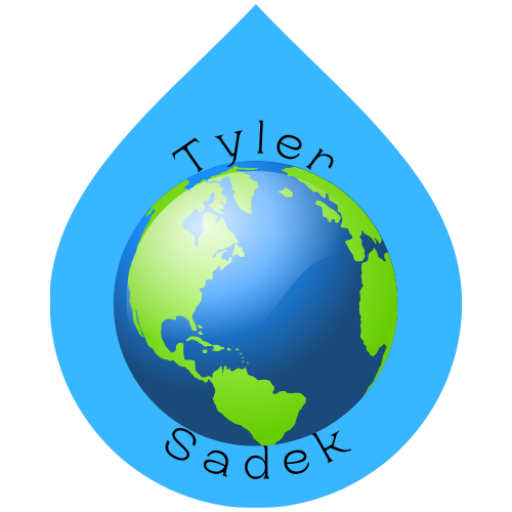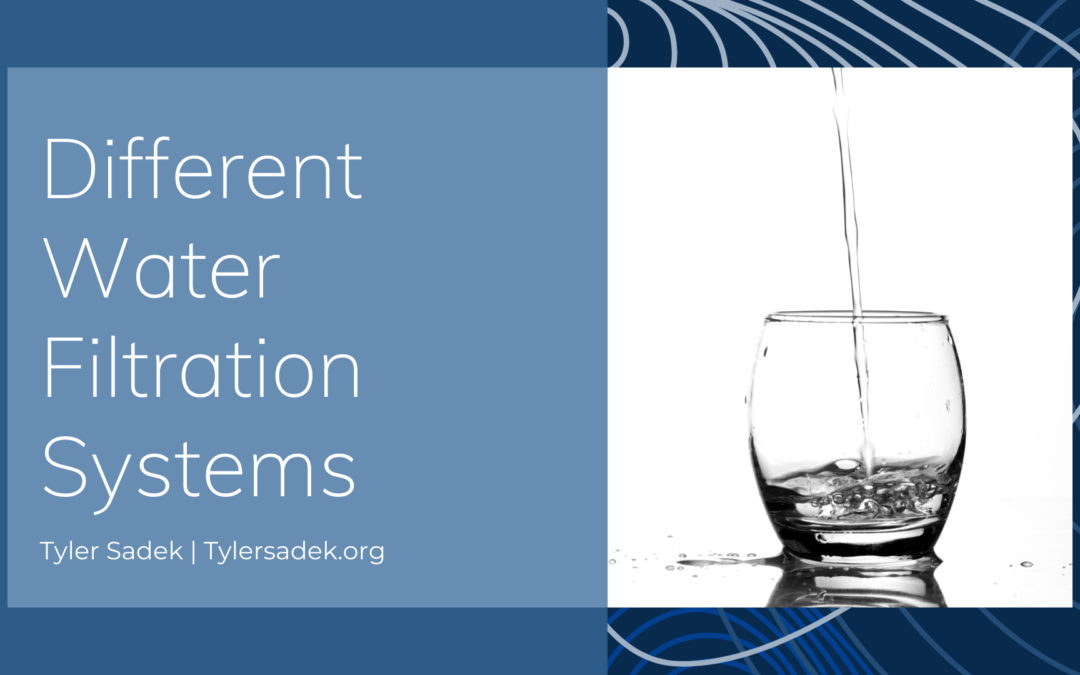There are several types of water purification techniques on the market, each utilizing a different technology to create cleaner water that’s safer and better tasting.
No one knows for sure which is “the best” water filter system because everyone has different preferences. What matters to you most is finding the filter that will help with whatever cleanliness or water quality problems you are experiencing.
The increasing amount of pollutants in our drinking water necessitates a better understanding of various water purification techniques and the use of water filters to safeguard ourselves.
A water filter is a great investment for your household’s health. Water filters are more economical and have less of an impact on the environment than buying bottled drinking water. Most importantly, they help to eliminate bad tastes, odors, chlorine as well as other impurities from drinking water.
Below is a summary of some of the more popular types of water filters and how they work. But keep in mind there, there are many different types of water filters out there, and each one has its pros and cons.
Sediment Filtration
Sediment filtration is a water treatment system that removes sediments in the water, including rust and heavy metals. Large contaminants will be blocked by a filter, while smaller particles can pass through.
Activated Carbon Block (ACB) Filtration
Activated Carbon Block is a material made of fine carbon powder which, when compressed with a binding agent, can remove chemicals and contaminants from water. ACB removes chlorine taste and odor effectively and is extremely resistant to bacterial development.
Granular Activated Carbon (GAC) Filtration
GAC is similar to ACB; however, it’s made of much larger carbon granules. This makes it less effective in removing contaminants but more efficient when it comes to large amounts of water. GAC is a good pre-filter option for point of entry, commercial, and industrial filtration.
Reverse Osmosis (RO) Filtration
Reverse osmosis is a form of purification that removes the majority of pollutants from water, but it also has high expenses and sluggish filtering rates. RO uses a Reverse Osmosis membrane, which eliminates contaminants, including viruses, bacteria, and pesticides.
These are just a few ways water filters and purification systems work. There’s much more to learn!

